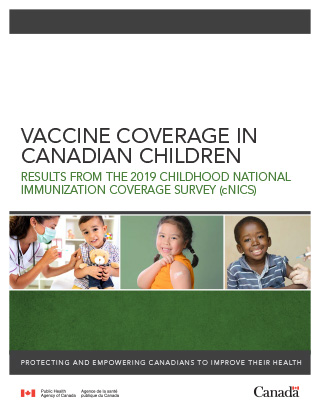What are Vaccination Coverage Surveys?

Vaccination coverage surveys are systematic methods of gathering information about the immunization status of a defined population. These surveys aim to determine the proportion of individuals who have received recommended vaccinations against specific diseases, providing vital data for public health decision-makers.
Methods of Conducting Surveys:
Various techniques are employed to conduct vaccination coverage surveys, each with its own strengths and limitations:
Household surveys: Researchers visit households and interview residents about their vaccination history. This method allows for detailed information collection but can be resource-intensive and prone to recall bias.
School-based surveys: Involving children attending specific schools, these surveys gather data on school immunization records and parental vaccination practices. They offer relatively easy access to a large population but may not be representative of the entire community.
Sentinel site surveys: Conducted at selected locations like clinics or hospitals, these surveys track immunization rates among individuals seeking healthcare services. While providing real-time data, the sample may not be representative of the larger population.
National Immunization Surveys: Large-scale efforts encompassing national representative samples are conducted periodically to assess overall immunization coverage and identify potential disparities.
Key Parameters Measured:
Vaccination coverage surveys typically focus on the following:
Overall coverage: The percentage of individuals in a population who have received a specific vaccine dose.
Age-specific coverage: Monitoring immunization rates across different age groups to identify potential gaps in vaccination strategies.
Geographic distribution: Assessing vaccination coverage across various regions within a country to highlight areas requiring special attention.
Coverage among vulnerable populations: Analyzing immunization rates among specific groups, like indigenous communities or those living in poverty, to ensure equitable access.
Why are Vaccination Coverage Surveys Important?
Vaccination coverage surveys provide crucial insights for public health officials, guiding them in:
- Monitoring and evaluating vaccine programs: Tracking immunization trends over time allows for assessment of program effectiveness and identification of areas needing improvement.
- Detecting outbreaks and implementing outbreak response:
Low vaccination coverage signals potential vulnerability to outbreaks, enabling timely interventions and resource allocation. - Identifying and addressing disparities: Analyzing coverage patterns across different populations highlights inequities in vaccine access and informs strategies for targeted interventions.
- Informing vaccine policy and resource allocation: Data gathered through surveys informs decision-making regarding vaccine recommendations, funding priorities, and public education campaigns.
- Promoting community engagement and building trust: Transparent communication of vaccination coverage data builds public trust and encourages community participation in immunization efforts.
Challenges in Vaccination Coverage Surveys:
While vaccination coverage surveys are essential tools, they face several challenges:
Data accuracy: Reliance on self-reporting or medical records can lead to inaccuracies and underestimation of true coverage levels.
Sampling bias: Surveys may not adequately represent certain populations due to limited access, reluctance to participate, or language barriers.
Resource constraints: Conducting comprehensive surveys can be costly and time-consuming, limiting the frequency and scope of data collection.
FAQ
Q1: How often are vaccination coverage surveys conducted?
A: The frequency of surveys varies depending on the country and context. Some countries conduct national surveys annually or biennially, while others may rely on smaller-scale studies or pilot projects.
Q2: What are the limitations of self-reported vaccination data?
A: Self-reported data can be subject to recall bias, where individuals may accurately remember past vaccinations or underestimate their actual immunization status.
Q3: How can countries improve vaccination coverage rates?
A: Strategies for improving coverage include strengthening immunization programs, increasing access to vaccines, addressing vaccine hesitancy through public education campaigns, and ensuring equitable distribution of resources.
Q4: Are there online resources available to access vaccination coverage data?
A: Yes, organizations like the World Health Organization (WHO) and the Centers for Disease Control and Prevention (CDC) provide access to global and national vaccination coverage data through online databases and reports.
Conclusion:
Vaccination coverage surveys are indispensable tools for monitoring and evaluating the effectiveness of immunization programs, identifying disparities, and guiding public health policies. By providing crucial data on immunization trends, these surveys empower countries to protect their populations from vaccine-preventable diseases and ensure equitable access to this life-saving intervention. Addressing the challenges associated with data collection, ensuring robust sampling methods, and investing in ongoing surveillance are essential for maximizing the impact of vaccination coverage surveys in protecting global health.
Closure
Thus, we hope this article has provided valuable insights into Vaccination coverage surveys. We appreciate your attention to our article. See you in our next article!